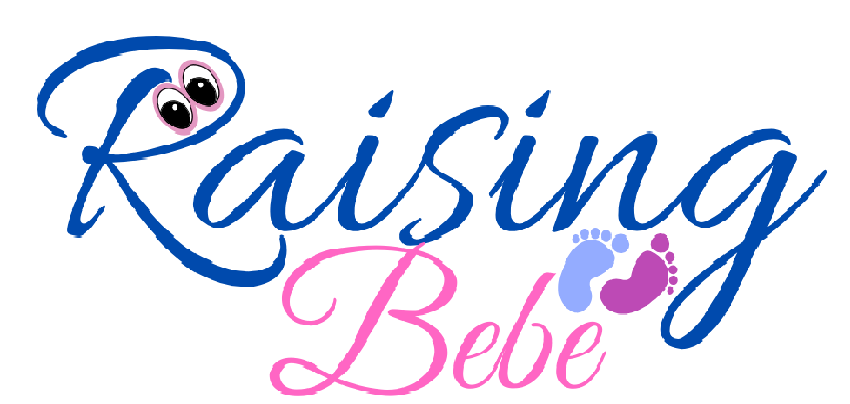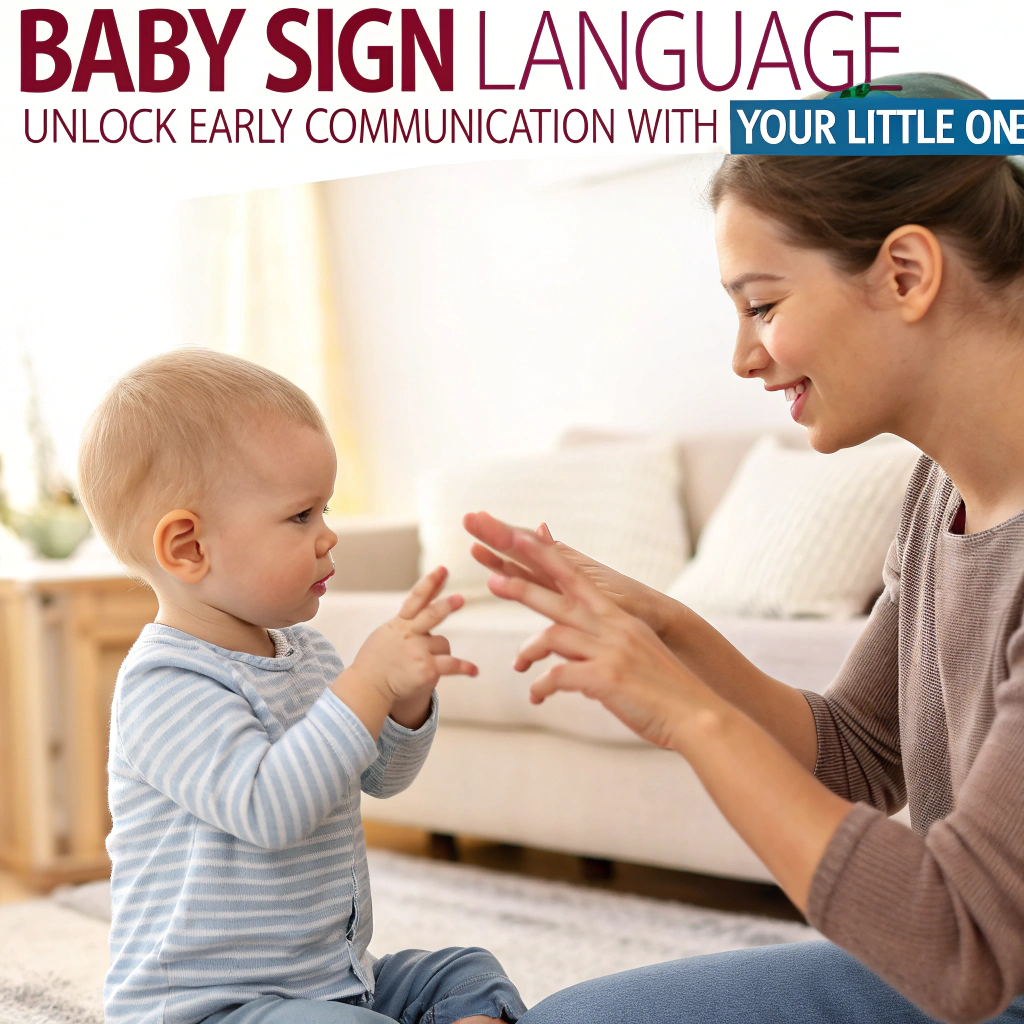Communication is one of the most important aspects of bonding with your child. Baby Sign Language offers a powerful way to bridge the gap before your little one can speak. By using simple hand gestures, babies can express their needs, feelings, and thoughts, reducing frustration and strengthening their connection with parents. Teaching Baby Sign Language early can enhance language development, improve understanding, and create a more engaging learning experience for both you and your baby. Let’s explore how you can unlock early communication with your little one!
Baby sign language is a system of simple hand gestures that represent words and ideas. It’s designed for babies who have not yet developed the ability to speak. The idea behind baby sign language is that babies can learn to use their hands to communicate much earlier than they can use spoken words. It’s based on the concept of teaching babies to sign in a way that is both easy for them to understand and for parents to replicate.
Why Should You Consider Baby Sign Language?
- Reduces Frustration Babies can experience frustration when they know what they want but can’t express it with words. Signing gives them a way to communicate basic needs, such as “milk,” “more,” or “all done.” This can significantly reduce tantrums, making both you and your baby feel more at ease.
- Enhances Bonding When you teach your baby sign language, you’re engaging with them in a way that fosters understanding and connection. The process of teaching and learning creates an intimate bond, as both of you share in the excitement of new communication.
- Improves Early Language Development Research shows that babies who use sign language have an advantage when it comes to developing spoken language later on. It strengthens their ability to understand words, recognize symbols, and build cognitive skills. Babies often start signing between six and nine months, even though they may not speak their first words until a year or more.
- Boosts Confidence When babies learn to communicate with signs, it gives them a sense of control over their environment. They gain confidence knowing that they can make their needs known and interact with caregivers in a meaningful way.
How to Start Teaching Baby Sign Language ?

- Start with Key Signs Begin with the most basic and useful signs, such as:
- Milk (open and close your hand in a fist)
- More (tap your fingertips together)
- All done (rotate your wrist with the palm up and down)
- Please (rub your hand in a circular motion on your chest)
- Thank you (extend your fingers from your chin out)
- Be Consistent Consistency is key. Use the same sign each time you say the word. For instance, whenever you’re giving your baby milk, use the sign for milk. Over time, your baby will associate the sign with the concept.
- Encourage Imitation Babies are naturally good at mimicking actions, so give them plenty of opportunities to imitate you. Once you start signing, gently guide their hands to help them make the gestures. With practice, they’ll begin to mimic your signs.
- Make It Fun Incorporate signing into daily routines like mealtime, playtime, and bedtime. The more often your baby sees and uses the signs, the faster they’ll catch on. Sing songs, play games, and offer positive reinforcement when they try to sign.
- Be Patient Every baby develops at their own pace. Some might sign back at 6 months, while others may not sign until they’re a little older. It’s important to remember that signing is meant to enhance communication, not to replace spoken words.
Tips for Success with Baby Sign Language
- Model the Signs Frequently: Babies learn by seeing. Use the signs regularly as you speak the words out loud.
- Use a Positive, Encouraging Tone: Reinforce your baby’s attempts at signing with smiles, claps, and words of encouragement.
- Be Ready to Interpret: Sometimes your baby will use a sign in their own unique way before they understand it fully. Be patient and try to figure out what they mean.
- Start Early: You can start signing as soon as your baby begins to show interest in social interactions – around 4 to 6 months is a great time to begin introducing signs.
Common Myths About Baby Sign Language
- Myth: It Delays Speaking Some people fear that using baby sign language will delay verbal speech. In fact, research shows the opposite. Signing actually helps babies develop language skills because it builds a foundation for communication and encourages them to start talking sooner.
- Myth: It’s Too Hard to Teach Many parents worry that baby sign language is too complicated or difficult. However, the signs are simple, and you don’t need to learn an entire language. With just a few key signs, you can begin communicating with your baby.
When Do Babies Start Signing ?
Babies typically start showing interest in signing between 6 and 9 months old, though this can vary. Some babies may start signing sooner, while others may take a bit longer. Around 12 months, many babies will start to sign back, and by 18 months, they may even begin to combine signs into simple phrases.
Conclusion
Introducing baby sign language is a fun and rewarding way to enhance communication with your baby before they can speak. It’s not only a great tool for reducing frustration, but it also helps in the development of language skills, promotes bonding, and boosts confidence. By using a few simple signs and remaining consistent, you’ll be amazed at how quickly your baby can communicate and how it strengthens your relationship.
Start today, and unlock a world of early communication with your little one!

